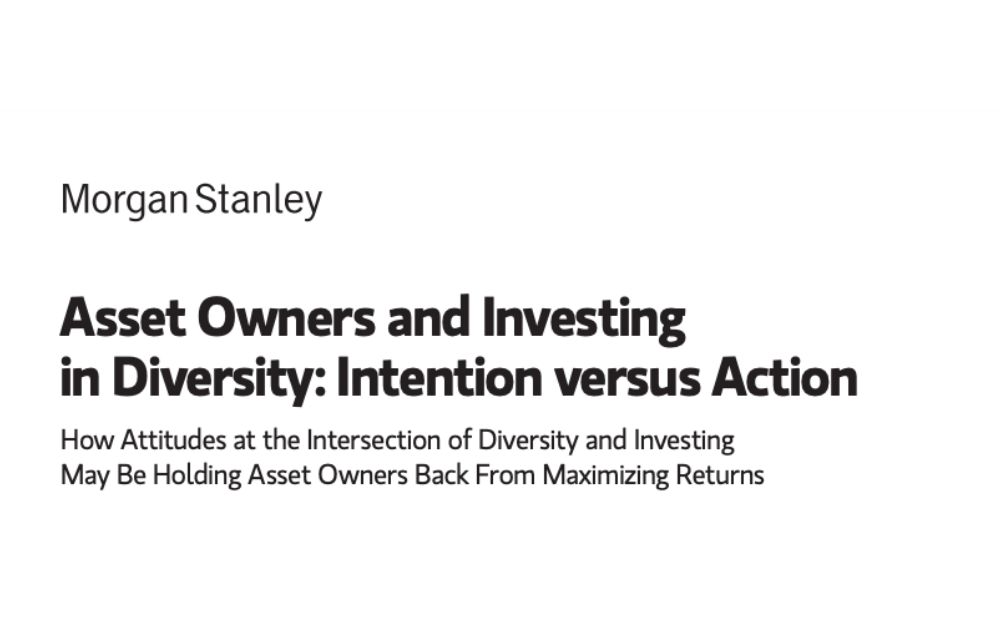
Within days of launching, OpenAI’s chatbot, “ChatGPT,” went viral and quickly became a media fixture. Gaining notoriety and influence, ChatGPT has become the most successful example of the power of large language models (LLMs)—the platform acquired 100 million active users in 2 months, a feat Instagram took 2.5 years to achieve. Trained on a vast set of knowledge,1 and built on a Generative Pre-trained Transformer (GPT), OpenAI’s chatbot revolutionized the usability of GPT models. By dramatically improving the underlying model’s generalizability and making it accessible in an easy-to-use interface, OpenAI has sparked a seemingly limitless level of enthusiasm and excitement about artificial intelligence (AI). With the potential to address a vast array of downstream use cases, ChatGPT serves as an exemplar for future GPT implementations where the possibilities seem endless but may face unexpected challenges. As with any new technology, organizations will need the right skills, experience, and perspective to best realize the value of this kind of innovation. To inform such perspectives, we offer the following informational white paper to explain what this technology is and how organizations can use it.






